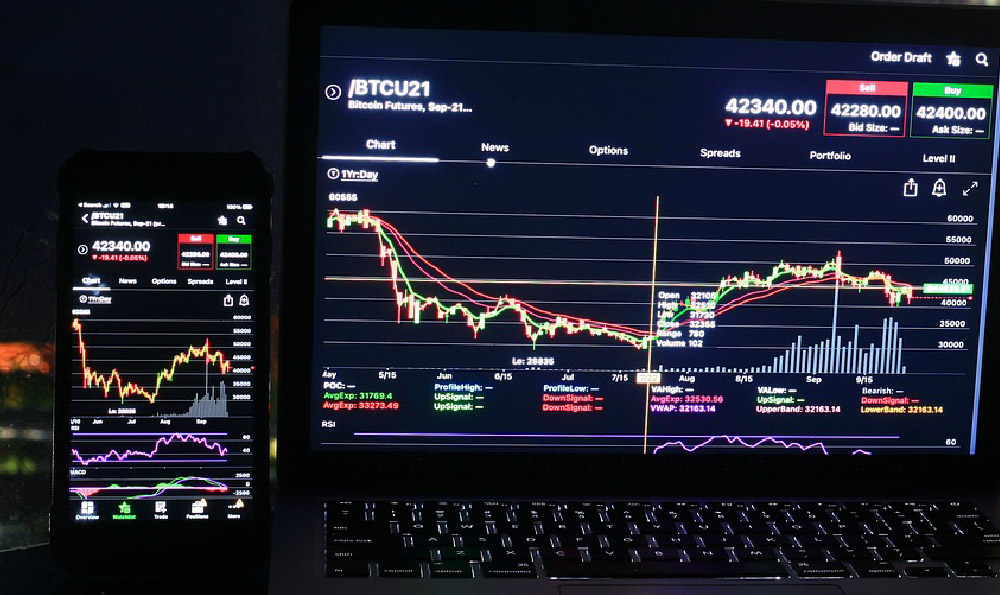
Okay, I'm ready. Here's an article exploring how private equity firms generate returns and their investment strategies:
``` Private equity (PE) firms are sophisticated investment vehicles focused on acquiring, improving, and eventually exiting privately held companies to generate substantial returns for their investors. Unlike publicly traded investments, PE operates behind the scenes, often involving significant operational changes and strategic realignments within their portfolio companies. The process of wealth creation is multifaceted, relying on a combination of financial engineering, operational expertise, and astute market timing.
One key driver of PE returns is the strategic use of leverage. PE firms typically acquire companies using a mix of equity (funds from investors) and debt (loans from banks or other lenders). The debt magnifies the potential returns on the equity investment. Imagine a scenario where a PE firm buys a company for $100 million, using $30 million in equity and $70 million in debt. If the company is sold for $150 million after a few years, the total gain is $50 million. After paying back the $70 million in debt, the PE firm has $80 million, resulting in a $50 million profit on their initial $30 million equity investment. This leverage, while boosting returns, also amplifies risk. If the company's performance falters, the debt burden can become overwhelming, potentially leading to losses.

Operational improvements are often central to the PE value creation strategy. PE firms typically identify inefficiencies within the acquired company and implement changes to boost profitability. This can involve streamlining operations, reducing costs, improving sales and marketing efforts, optimizing supply chains, and enhancing the management team. For example, a PE firm might invest in new technology to automate processes, renegotiate contracts with suppliers to lower costs, or expand the company's sales force to reach new markets. These initiatives are generally spearheaded by operational experts within the PE firm who work closely with the management team of the portfolio company. The goal is to increase revenue, reduce expenses, and ultimately improve the company's EBITDA (Earnings Before Interest, Taxes, Depreciation, and Amortization), a key metric used in PE valuations.
Multiple expansion is another critical factor in generating returns. This refers to the increase in the company's valuation multiple (e.g., EBITDA multiple) between the time of acquisition and the time of exit. For example, if a PE firm acquires a company for 8 times EBITDA and sells it for 12 times EBITDA, this represents a multiple expansion. Multiple expansion can occur due to various factors, such as improved market conditions, increased investor confidence, or the successful implementation of operational improvements that make the company more attractive to potential buyers. PE firms often target companies that are undervalued or have the potential for significant multiple expansion.
Strategic acquisitions, often referred to as "add-on" acquisitions, can also drive returns. PE firms may acquire smaller companies that complement the existing portfolio company, creating synergies and expanding market share. These add-on acquisitions can lead to increased revenue, cost savings, and improved competitive positioning. The PE firm will integrate the acquired company into the existing platform, leveraging shared resources and expertise to create a more valuable overall business. This "buy-and-build" strategy is common in fragmented industries where there are numerous small players that can be consolidated.
The exit strategy is the final, crucial step in the PE investment lifecycle. PE firms typically hold investments for 3-7 years before exiting. Common exit strategies include:
- Initial Public Offering (IPO): Taking the company public by listing its shares on a stock exchange. This can generate significant returns for the PE firm, but it also involves a lengthy and complex process.
- Sale to a Strategic Buyer: Selling the company to a larger company in the same industry or a related industry. This is often a preferred exit strategy, as strategic buyers are typically willing to pay a premium for the company due to the synergies it can provide.
- Sale to Another Private Equity Firm: Selling the company to another PE firm. This can occur when the PE firm has achieved its operational goals and believes that another firm can take the company to the next level.
- Recapitalization: Refinancing the company's debt and distributing the proceeds to the PE firm. This allows the PE firm to realize some of its investment gains while continuing to hold a stake in the company.
Beyond these core strategies, several other factors contribute to PE returns. Deal sourcing is crucial; identifying attractive investment opportunities that are not widely known is a competitive advantage. This requires a strong network of relationships and deep industry knowledge. Due diligence is also essential; thoroughly investigating the target company's financials, operations, and legal compliance is critical to avoid costly mistakes. Effective portfolio management is key; actively monitoring the performance of portfolio companies and providing support to management teams is crucial for driving value creation.
The economic environment also plays a significant role. Favorable interest rates, strong economic growth, and positive market sentiment can all contribute to higher returns. Conversely, economic downturns, rising interest rates, and market volatility can negatively impact performance.
Finally, it's important to acknowledge the risks involved in PE investing. Leverage amplifies both gains and losses. Operational improvements may not always be successful. Market conditions can change unexpectedly. And the illiquidity of PE investments means that investors cannot easily sell their stakes. However, when executed effectively, PE strategies can deliver substantial returns, making it an attractive asset class for institutional investors and high-net-worth individuals willing to accept the associated risks. Successfully navigating the complex landscape of private equity requires a deep understanding of finance, operations, and market dynamics, coupled with a disciplined investment approach. ```





